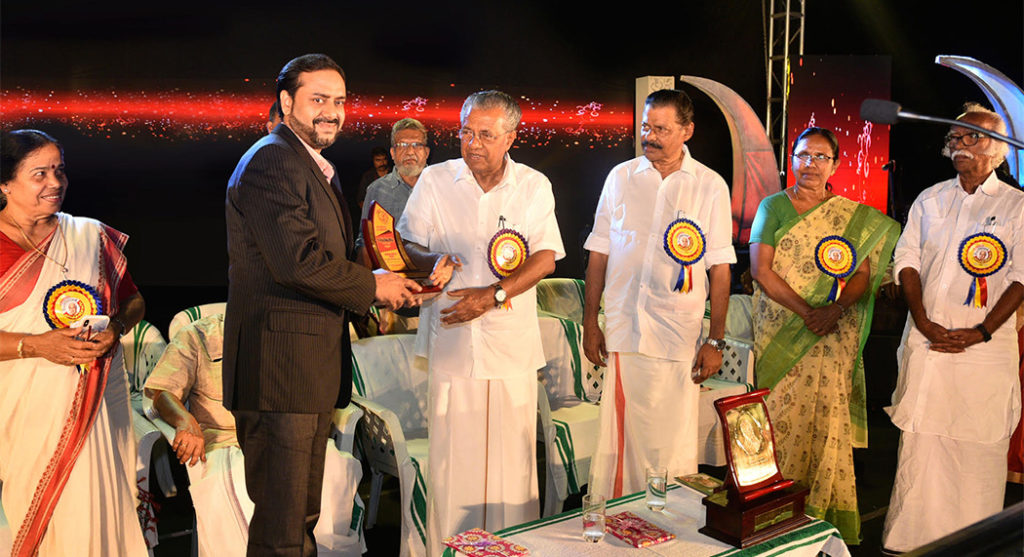YEARS OF EXPERIENCE
FROM OVER 25 COUNTRIES
FEMALE INFERTILITY TREATMENT


Women carry limited number of eggs and with the progressing reproductive years, the eggs lacks in quality and number. This decreases the chances of having baby by 3%-5% after the age of 30. The reduction in fertility is found to extend after the age of 40.
The glance of Diminished Ovarian Reserve
The Diminished ovarian reserve (DOR) happens when a woman’s ovaries lose their reproductive potential which leads to infertility.
The woman’s ovarian reserve may refer to the quality and quantity of eggs and diminished ovarian reserve indicates those factors get decreased.
Diminished Ovarian Reserve occurs around menopause, but the rate of decrease varies from woman to woman.
Ageing seems the primary cause of the diminished ovarian reserve, but Diminished Ovarian Reserve may be caused by injury, genetic abnormalities and due to medical treatments.
Physicians take hormonal tests and ultrasound imaging to evaluate the woman’s ovarian reserve.
Advanced Ayurveda treatment can stop the process of diminished ovarian reserve and help such women to attain pregnancy.
What does diminished ovarian reserve mean?
Ovarian reserve refers to the reproductive potential left within a woman’s two ovaries based on the number and quality of eggs. Diminished ovarian reserve means the loss of normal reproductive potential of ovaries due to a lower count or quality of the remaining eggs.
Ageing causes diminished ovarian reserve but the genetic defects, aggressive medical treatments would harm the reproductive system (radiation for cancer), injury and some surgeries also causes Diminished Ovarian Reserve. In several cases, there is no cause for the relative decrease of the ovarian reserve.
Women having diminished ovarian reserve exhibit reduced success of conceiving with in vitro fertilization (IVF) as done with natural efforts to conceive. Women with DOR have a greater risk of miscarriage when conceiving through IVF with their eggs due to its low egg quality.
Ovarian reserve can be considered a part of the biological clock, but this clock varies from woman to woman. A few women continue to be fertile in their 40s, when others begin to lose their fertility in their 20s. Generally, women start losing their ovarian reserve before they become infertile also before the end of their menstruation as stated by the American Society for Reproductive Medicine.
Women are born with around 2,000,000 eggs, that is all the eggs they’ll ever have. Eggs will be continuously lost by the onset of puberty, many women have around 400,000 eggs left. Within the woman’s late 30s this number will further decline to around 27,000. At the onset of menopause, many women only have around 1,000 eggs left in their ovaries.
Reasons of diminished ovarian reserve
- Such as smoking.
- The genetic abnormalities like Fragile X and other X chromosome abnormalities.
- Aggressive treatments like radiation for cancer.
- Ovarian surgery such as for endometriosis.
- Idiopathic.
The Diagnosis for Diminished Ovarian Response
Diminished ovarian reserve exhibits no symptoms in most of the women. A few women see a shortened menstrual cycle from 28 days to 25 days. Most women find out they have Diminished Ovarian Reserve after diagnostic testing. It includes transvaginal ultrasound and hormone evaluations for estradiol (a form of estrogen), follicle-stimulating hormone (FSH), and the anti-Mullerian hormone (AMH).
Follicle Stimulating Hormone and estrogen are good indicators of fertility and a woman’s response to ovulation induction or stimulation that make her conceive. Anti-Mullerian hormone correlates well with fertility potential by reflecting the number of eggs remaining in the body.
The two hormone level tests are combined with a transvaginal ultrasound that detects diminished ovarian reserve with a high level of certainty.

